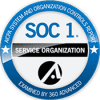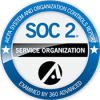Evolving shifts in the health reform agenda and funding processes are drawing greater attention to the challenges that states face in their Medicaid programs. A recent review in The Hill (http://thehill.com/blogs/congress-blog/healthcare/335761-medicaid-efficiency-is-needed-now-more-than-ever) cites the need for Medicaid efficiency, now more than ever. They report that: “The decrease in this critical funding source, coupled with sharp increases in drug prices, and the addition of nearly 17 million new enrollees since 2013, has put enormous pressure on the nation’s largest healthcare program. There are currently 74.6 million people enrolled in Medicaid and CHIP (Children’s Health Insurance Program), the state-administered programs that provide healthcare to low-income individuals and families; and the downward revenue and upward cost trajectories have threatened the sustainability of these essential services.” Proposed legislation is being designed to close funding loopholes that shift payment responsibilities to states and their Medicaid plans, and away from other funding sources. The Medicaid Third Party Liability Act will result in massive savings for states, and also empowers Medicaid managed care programs with the same rights as state Medicaid agencies.
Addressing the challenges facing state funded Medicaid plans requires a multifaceted strategy. Closing funding gaps will certainly help, and closing the health care gaps must also be paramount. Addressing the health care gaps requires clinical and population health strategies that are person-centered and account for the integration of physical and behavioral health conditions. Effective care coordination requires that the needs of the whole person are addressed and include not only medical care, but also community based social services and other determinants of health. Current health care reimbursement incentives are misaligned and promote payment for the volume of care provided, rather than the quality of outcomes achieved.
In order to achieve effective and efficient reforms in Medicaid, improved technology tools are vital. These resources go well beyond practice based electronic health records, and include tools that foster collaboration and information sharing across all care team members. This must include all clinical providers, community supports and services, and caregivers. Examples of these tools include the InfoMC Incedo suite of population health identification and analytic resources, as well as their care coordination platform. By law, Medicaid is the payer of last resort. Establishing guidelines for funding, service delivery, and care coordination will help maintain this vital resource in the American health care system.
By Allen S. Daniels, Ed.D., Clinical Director, InfoMC








